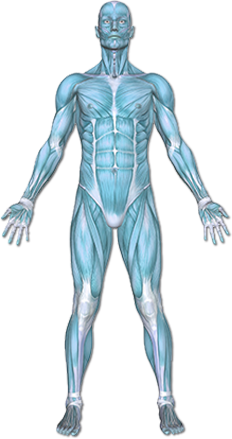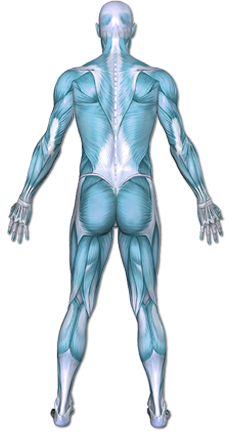Plantar Fasciitis
The plantar fascia is a thick band of tissue attached to the heel bone. It supports the arch of the foot. Plantar fasciitis is inflammation of this plantar fascia.
It causes pain in the heel of the foot. Treatment depends on the severity of the condition.


Copyright © Nucleus Medical Media, Inc.
This content was created using EBSCO’s Health Library
Plantar fasciitis is caused by small, repetitive trauma to the plantar fascia. This trauma can be due to activity that puts extra stress on the foot.
This content was created using EBSCO’s Health Library
Plantar fasciitis is most common in people who are 40-60 years old. Other risk factors that increase your chance of getting plantar fasciitis include:
- Physical exertion, especially in sports such as:
- Running
- Volleyball
- Tennis
- A sudden increase in exercise intensity or duration
- Physical activity that stresses the plantar fascia
- People who spend a lot of time standing
- A sudden increase in activities that affect the feet
- Obesity or weight gain
- Pre-existing foot problems, including an abnormally tight Achilles tendon, flat feet, or an ankle that rolls inward too much
- Poor footwear
- Heel spurs
This content was created using EBSCO’s Health Library
Symptoms of plantar fasciitis may start gradually or happen suddenly. They include:
- Pain on the sole of the foot near the heel
- Heel pain when taking the first steps in the morning
- Tenderness when touching the sole or heel
- Pain that increases over a period of months
This content was created using EBSCO’s Health Library
The doctor will ask about your symptoms and medical history. A foot exam will be done. This will usually make the diagnosis. Imaging studies of the foot may be done to help rule out stress fractures or other bone abnormalities. These include:
- MRI scan
- Ultrasound
This content was created using EBSCO’s Health Library
If you are diagnosed with plantar fasciitis, physical therapy can help you resolve your pain. Physical therapy treatment may include:
- Stretching the Achilles tendon/plantar fascia structures
- Taping to the heel and arch
- Cross-friction massage/soft tissue and joint mobilization
- Ultrasound, iontophoresis, moist heat, cryotherapy and electrical stimulation
- Patient education and instruction in home exercise program
- Custom orthotics
- Weight loss goals
This content was created using EBSCO’s Health Library
To reduce your risk of getting plantar fasciitis, take these steps:
- Wear appropriate and well-fitted footwear during sports and exercise.
- Do stretching exercises for the Achilles tendon and plantar fascia.
- Increase the intensity and duration of exercise gradually.
- Maintain an appropriate weight.
This content was created using EBSCO’s Health Library
This content was created using EBSCO’s Health Library


